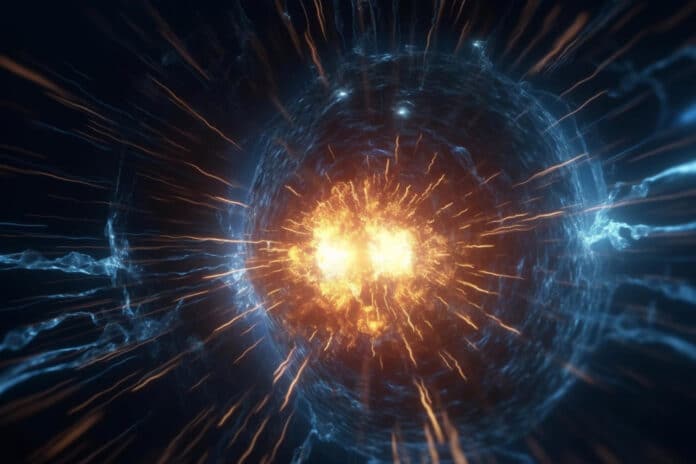According to Einstein’s general theory of relativity, the universe in the past should have moved far more slowly than it does now. Looking back that far in time has been difficult, though.
Scientists have measured time near the universe’s beginning by unlocking the secrets of quasars and using them as clocks. They observed the early universe running in extremely slow motion for the first time, unlocking one of the mysteries of Einstein’s expanding universe.
Lead author of the study, Professor Geraint Lewis from the School of Physics and Sydney Institute for Astronomy at the University of Sydney, said, “Looking back to a time when the universe was just over a billion years old, we see time appearing to flow five times slower. “If you were there, in this infant universe, one second would seem like one second – but from our position, more than 12 billion years into the future, that early time appears to drag.”
Scientists used data from nearly 200 quasars to analyze this time dilation. This time horizon has been rolled back by observing quasars to just a tenth of the universe’s age, proving that the universe appears to accelerate.
Professor Lewis said: “Where supernovae act like a single flash of light, making them easier to study, quasars are more complex, like an ongoing firework display.
“We have unraveled this firework display, showing that quasars, too, can be used as standard markers of time for the early universe.”
Astrostatistics Dr. Brendon Brewer and Professor Lewis examined the details of 190 quasars observed over two decades. They could standardize the ‘ticking’ of each quasar by combining the data made at various colors (or wavelengths), including green light, red light, and into infrared. Using Bayesian analysis, they discovered the universe’s expansion was imprinted on each quasar’s ticking.
Thanks to these detailed data, scientists could chart the quasar clocks’ tick, revealing the influence of expanding space.
These results further confirm Einstein’s picture of an expanding universe but contrast earlier studies that had failed to identify the time dilation of distant quasars.
Journal Reference:
- Lewis, G.F., Brewer, B.J. Detection of the cosmological time dilation of high-redshift quasars. Nature Astronomy (2023). DOI: 10.1038/s41550-023-02029-2
